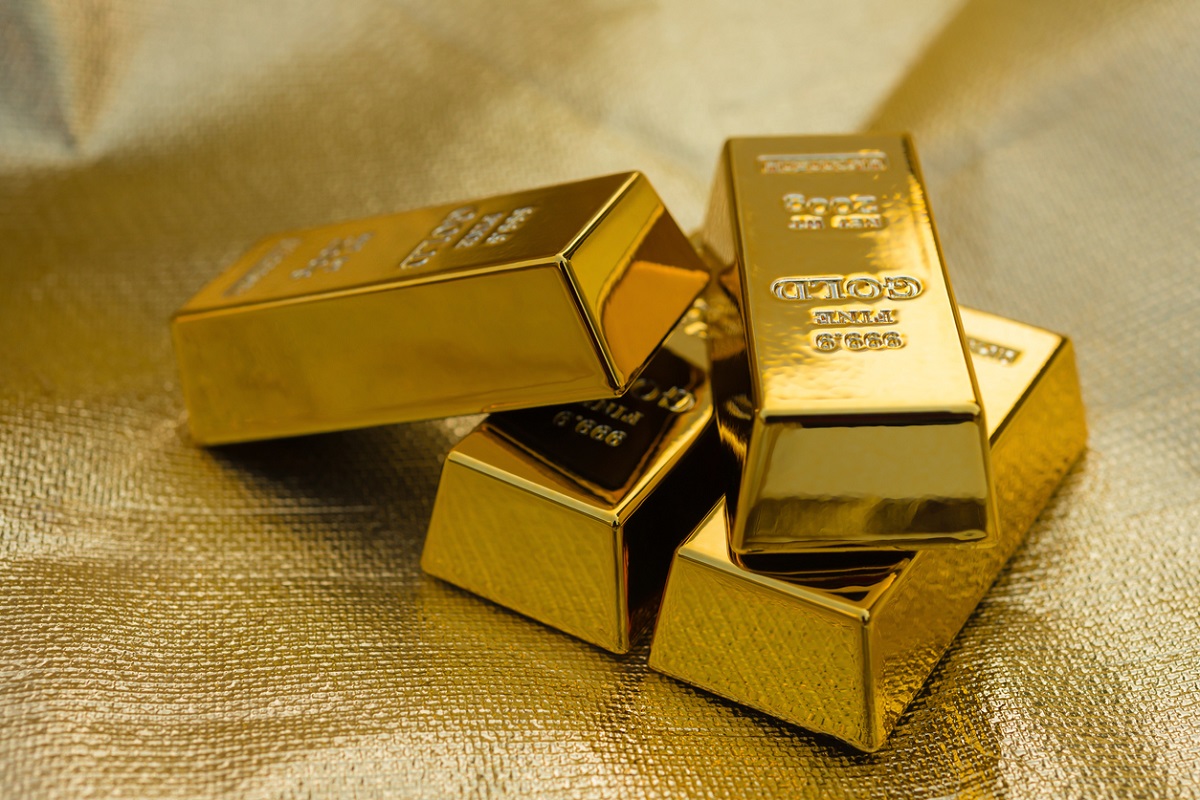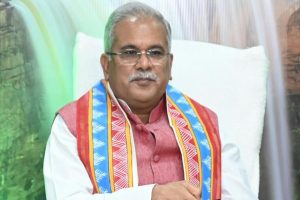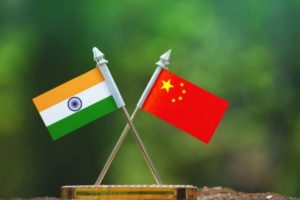Botanists here have recommended reviving an ancient Indian alchemy technique by using earthworm faeces for bio-mining of gold, which their research paper claims is present in the soil in the state’s mining belt.
In their research paper, published in the latest issue of the International Journal of Research and Analytical Reviews, botanists at Goa University, Nandakumar Kamat and Sujata Dabolkar, say that earth-feeding worms can be tapped in an eco-friendly way for sustainable bio-mining in Goa.
Advertisement
“Basically just like age-old artisanal alluvial gold mining from auriferous (containing gold) river sands we see the possibility of artisanal extraction of metallic secondary gold by intelligent, systematic and eco-friendly use of vermicasts (earthworm faecal matter) by rearing local geophagous earthworms with a feedstock blend of organic matter and auriferous soil,” the research paper states.
“This is like reinventing India’s lost alchemic heritage because anyone with some patience can rear earthworms and extract small quantities of metallic gold easily,” it adds.
The report also states that gold availability in parts per million (PPM) is higher in Goa’s now non-utilised iron and manganese mining belt compared to other areas in the coastal state.
“It was found that vermicast samples from mining areas contained gold ranging from 0.76 to 1.77 ppm whereas in case of non-mining areas the gold value ranged from 0.66 to 1.03 ppm,” the report states, adding that Goa lies in the northwest part of the Western Dharwad Craton which is known for its rich metallic deposits.
Explaining their research, Kamat and Dabolkar say they collected vermicasts from mining and non-mining areas, which were later dried, sieved and powdered. When the dust was put through a series of laboratory tests, they detected vermiform gold.
The research paper also suggests a roadmap for eco-friendly biomining of gold using earthworms.
“The first step is establishing a facility of rearing earthworms which can feed on auriferous soils which acts as the raw material,” the paper states.
The earthworms, the botanists say, should then be added to auriferous (which has been analysed for gold) soil and material to feed earthworms, which move through the soil and build an organomineral structure (vermicasts) with specific physical, chemical and microbiological properties.
“Further the vermicasts can be treated by powdering, sieving, magnetic separation, gravity separation/flotation techniques and finally auriferous (gold) material is recovered and purified,” the report states.
















